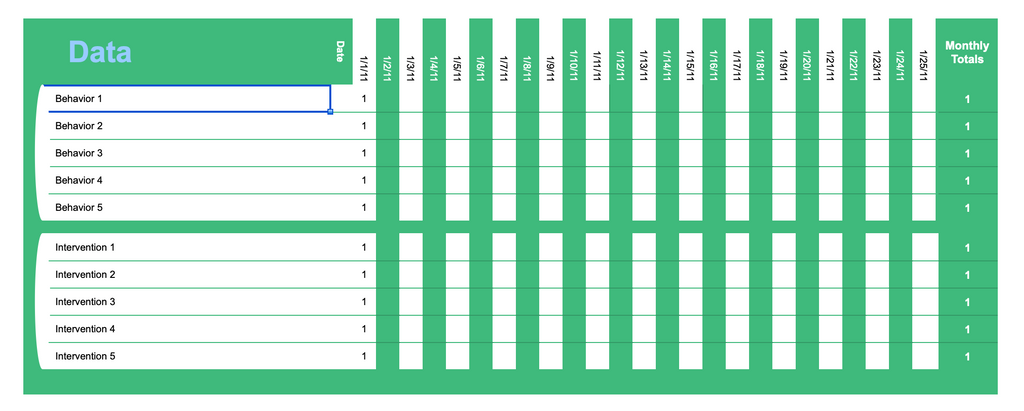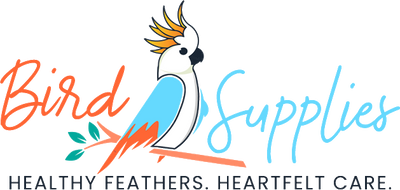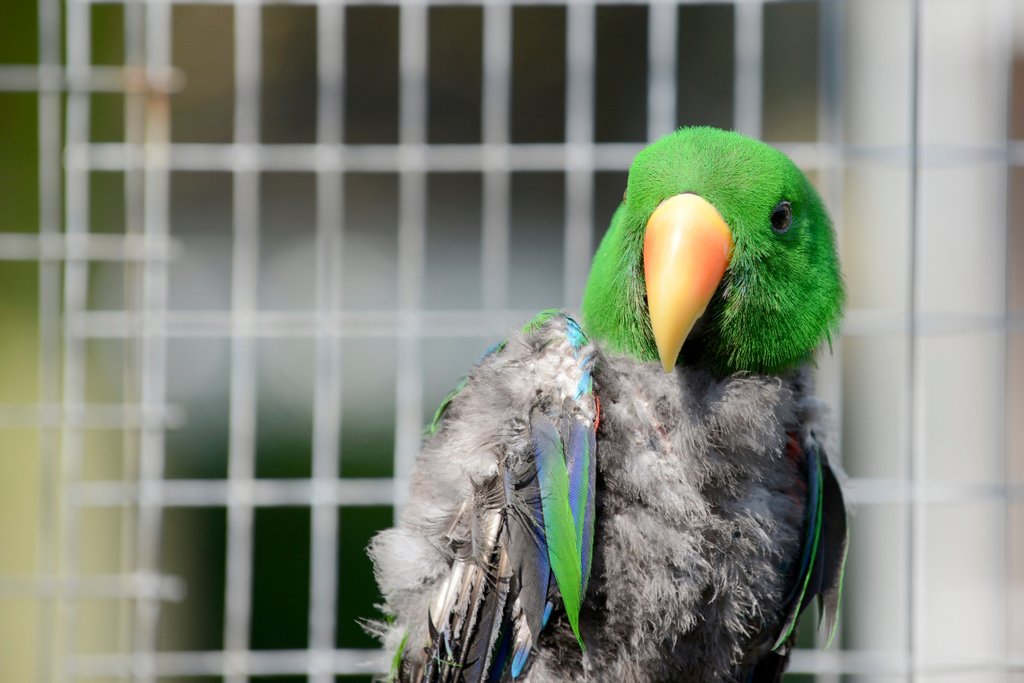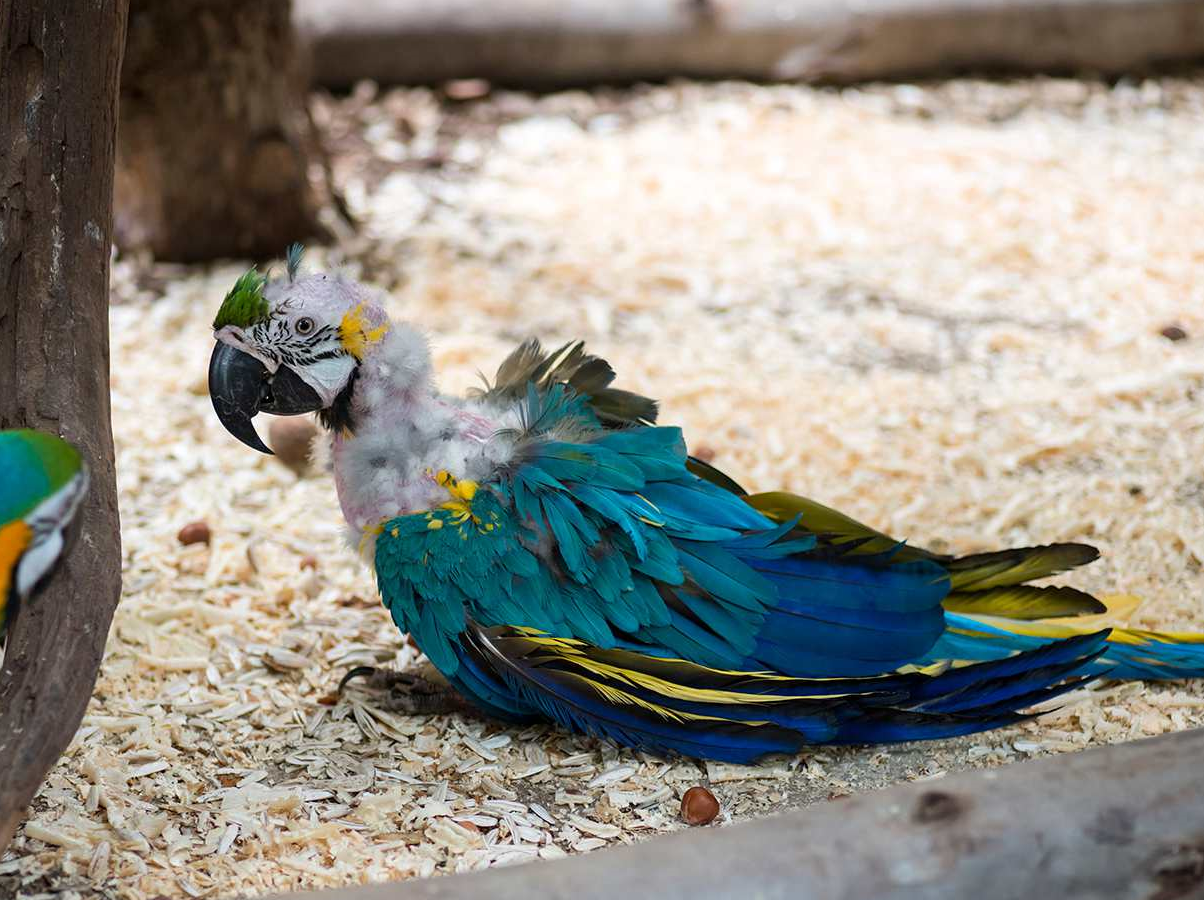If your bird suffers from stress or anxiety, or it's been diagnosed with behavioral feather plucking, you may have heard that a Parrot Calming Formula can help.
Birds can get stressed out for a variety of reasons. Laurie Hess, DVM, Diplomate ABVP, has identified at least 7 behavioral symptoms that stressed birds may display - from externalizing behaviors (acting out) their stress with biting and screaming to internalizing (turning inward) their stress with decreased vocalizations, feather picking, self-mutilation, stereo-typical behaviors and decreased appetite.
If you’ve taken your bird to an avian vet and the vet declares the bird to be healthy, your bird may be diagnosed with a behavioral related stress or anxiety disorder. Fortunately, there are a number of ways you can help your bird manage behavioral anxiety. We’ll talk about that in a moment.
What Causes Bird Stress
First, let’s talk about what causes bird stress. Most bird species are highly social and very intelligent. They need a lot of attention and TLC. After all, they are flock animals that rely on their peers to help them safely get through daily challenges and provide that intimate level of socialization that intelligent creatures need.
A pet bird can easily become under stimulated and under socialized, resulting in the above stress related behaviors. Not only that, birds may come to rely on routines and on a “preferred human” relationship whom they perceive as their mate.
When their routines, relationships and the environment changes, a bird may become stressed out. Other birds may become anxious when they find something in their environment to be frightening, such as the sight of unfamiliar animals.
Long-term stress can take a toll on a birds physical and emotional health and may result in unwanted behaviors that become habits, like screaming, aggression or feather picking. Ideally, it would be nice to find the source of your birds stress and nip it in the bud before bird anxiety becomes a habit or routine, however, that’s not always possible. A knowledgeable avian veterinarian can often help you out, but sometimes, you just have to play detective.
As mentioned above, there are a few evidence-based strategies to help a habitually stressed out bird recover. For the internalizing bird, or one that hurts itself due to stress, like as a feather plucker, you can protect the bird from self-harm with a bird collar, offer foraging opportunities and a more appetizing diet, or even temporary hand-feeding a bird that is losing weight.
You should also adjust parrot husbandry practices to meet the social, emotional and intellectual needs of your beloved companion. Even small enrichment activities such as leaving the television or music on when you're away can help with the stress. You can adapt the environment to be more bird friendly for your exotic pet.
You can also learn and carry out behavior modification strategies to positively modify behavior.
Finally, you can manage chronic bird stress with a parrot calming formula. Understandably, using a host of these strategies together has the best results.
For feather plucking in particular, the two fastest acting strategies are to use a protective device, such as a bird collar and giving your bird a parrot calming formula . Once the bird has gained some self control, you can add other strategies to maintain a more positive mood.
Related Posts: Parrot feather plucking series
Managing Chronic Stress With A Parrot Calming Formula
Undoubtedly, you’ve probably tried some strategies to calm your bird down and you may have stumbled upon the option of an avian calming formula. So, let’s talk about the types of avian calming formulas, and how to know how much of these botanical supplements your bird needs.
First off, there are essentially two grades of avian calming formulas, over the counter plant-based products and prescription grade products. My focus today will be on over the counter products such as UnRuffledRx Parrot Calming Formula or other L-Theanine based products, UnRuffledRx Dried Calming Herbs and CBD based products.
All of these products are plant derivative products that promote calming effects in birds and other animals, even humans. Each of these products has a recommended dose, but figuring out exactly how much your individual bird needs may take a little practice. After all, these products don’t come with a “one-size-fits-all” dosing recommendation. So, here are some guidelines that might be helpful.
First, Gather Baseline Data About The Symptoms
First things first. It will be important to get baseline data regarding the most upsetting symptoms that your bird is experiencing. Baseline data is simply putting the symptoms in a quantifiable format prior to making any attempts to improve the situation.
The symptoms that distress most households are those identified by Dr. Hess, outward aggression or internalizing self-harm. You need to quantify these behaviors so that you can tell when your bird is showing improvement.
Here is an example: "When startled or very scared, Timmy reacts by pulling out his tail feathers."
Related article: Time Study
Collecting baseline data is critical because it allows you to compare the behavior before treatment and afterwards to determine if your efforts are working.
Here Is What You'd Look For
In terms of using a Parrot Calming Formula, you'd start off with the minimum dose on the bottle. If you weren't seeing results, slowly increase the amount given until you see realistic results. If you see unwanted side-effects, taper the dose back.
baseline data will tell you the actual dose of formula your bird needs in order to feel less stressed, but with minimal unwanted side effects.
If your birds symptoms decrease with one scoop of formula, then you know that is the dose for your bird.
More About Measuring Behavior
Let’s look at bird screaming as an example. You could measure...
- how many times a dat the bird screams
- what time of day it screams the most
- how long each screaming episode lasts
- how long it takes for the screaming to start after the bird has been “triggered”
- the percentage of time the bird spends screaming each day
Or, if you’re dealing with a feather plucking problem, you’d want to know:
- What time of day does your bird plucks
- How frequently does my bird pluck per day
- What precedes a plucking episode
- How many feathers does the bird pluck and where does it pluck
- Does the bird pluck in front of the family “flock” or in secrecy
Tracking Behavioral Data To Look For Trends
Most behaviorists recommend tracking data for a minimum of two weeks to get a good baseline. You can put your findings on a spreadsheet or make a simple graph like this one below.
You’ll see that the baseline or the behavior was 6.5 times per day.
The treatment or intervention was to ignore the unwanted behavior and to liberally praise other desired behaviors.
Desired behaviors to praise might be quiet self-entertainment or engaging in natural parrot behaviors rather than plucking feathers. In the graph below, we know that praising desired behaviors is reducing the “problem behavior” incidents simply by looking at the data on the chart.
So, if you were to use a chart like this to measure Parrot Calming Formula effectiveness, you could identify the date(s) that adjustments were made to the treatment dose and the birds response.
Again, ideally, you’d want to collect data on each treatment dose change for a minimum of two weeks to account for other changes in the environment that the bird may be sensitive to.
The ultimate goal is to find out the lowest amount of formula it would take for your birds stress symptoms to diminish without causing side-effects.
Here’ what that graph may look like:

Start Low & Go Slow
Now that you’ve learned to quantify the problem and you’ve learned about baseline and intervention related behavior tracking, you’re ready to implement an avian calming formula as a parrot stress management intervention.
To find the optimum dose for an avian calming formula, you’ll want start off with the lowest recommended dose that is printed on the bottle. This low dose will allow you to determine if your bird is safely tolerating the avian calming supplement before working up to a dose that predictably relieves the problem symptoms without any unwanted side-effects.
Cranking up the dose in very small increments is called “microdosing” or “self-titration.” Throughout this process, you must continually track the stress symptom behaviors and the amount of formula that you are administering. This is the only way that you can individualize the exact dose your bird responds best to.
Measuring product
 Some products are easier to microdose than others. For instance, powders and tinctures are perfect for microdosing, as you can measure a well-blended compound in a ⅛ teaspoon scoop or count the number of drops administered. Dried herb mixtures are difficult to microdose because you can’t be assured which herb leaves the bird is choosing to eat.
Some products are easier to microdose than others. For instance, powders and tinctures are perfect for microdosing, as you can measure a well-blended compound in a ⅛ teaspoon scoop or count the number of drops administered. Dried herb mixtures are difficult to microdose because you can’t be assured which herb leaves the bird is choosing to eat.
Microdosing a powder compound may require a sensitive gram scale or simply adding a small pinch to a scoop. Tinctures are the easiest to microdose because the bottle contains a certain mg of active agent, which can be measured in drops.
- Most tinctures come in a one or two ounce bottle and are either 30 or 60 milliliters (ml).
- A standard dropper is 1 ml or 18 drops
- Chart the effectiveness of each added drop above the minimal recommended dosage.
Tinctures allow you to easily increase the avian calming formula by as little as one drop at a time until you find the “sweet spot” that brings your birds anxiety down to a tolerable level without any side effects.
Why The Sweet Spot?
The right dose, or “sweet spot” of avian calming formula will give your bird the effects that you want while using the lowest possible dose. The goal is that your bird feel the benefit of the product with minimum to no side effects.
Keep in mind however, that the physical body is a dynamic system and changes in sensitivity will occur, sometimes on a daily basis. But, now that you know how to microdose the calming formula, you can adjust dosage by a fraction of a gram for powders or a drop for tinctures as you see fit. Also, allocating dosage by tracking symptoms allows you to find the lowest maintenance dose for long term use.
Finding The Best Parrot Calming Formula
For long term use we recommend that you use this method to measure the effectiveness of two or more different formula compounds.
For example, two very popular plant based avian calming formulas have active ingredients of L-theanine and CBD. It may be possible that your bird can become desensitized to one or the other active ingredient.
To prevent desensitization over the long term, up, test out two distinct products for optimum dosage. Then, you’d simply intermittently use the two formulas with your pet for long term stress maintenance.
Have you ever had to experiment with an avian calming formula for your bird? If so, please comment below.
References:
https://ppsfba.weebly.com/measuring-behaviorsbaseline-data.html
https://www.petmd.com/bird/behavior/how-tell-if-your-bird-unhappy-or-stressed-and-what-do





